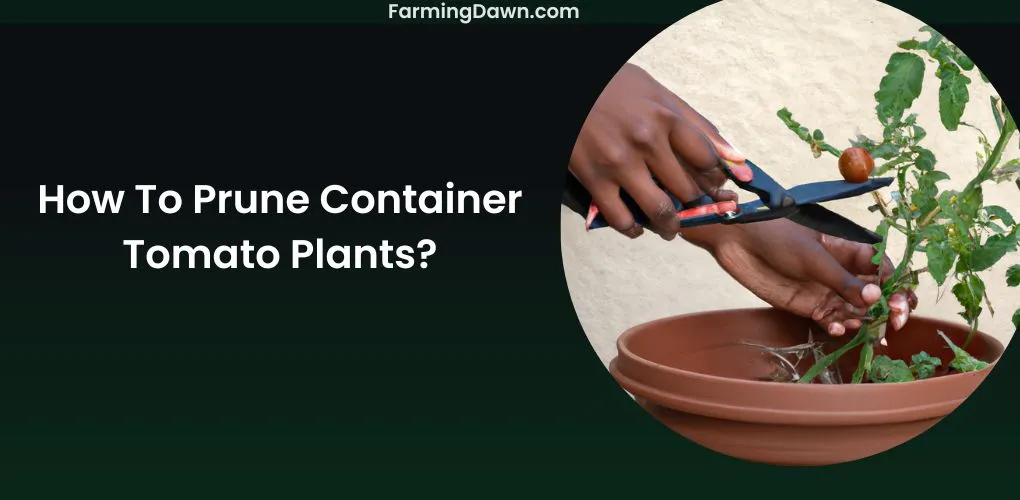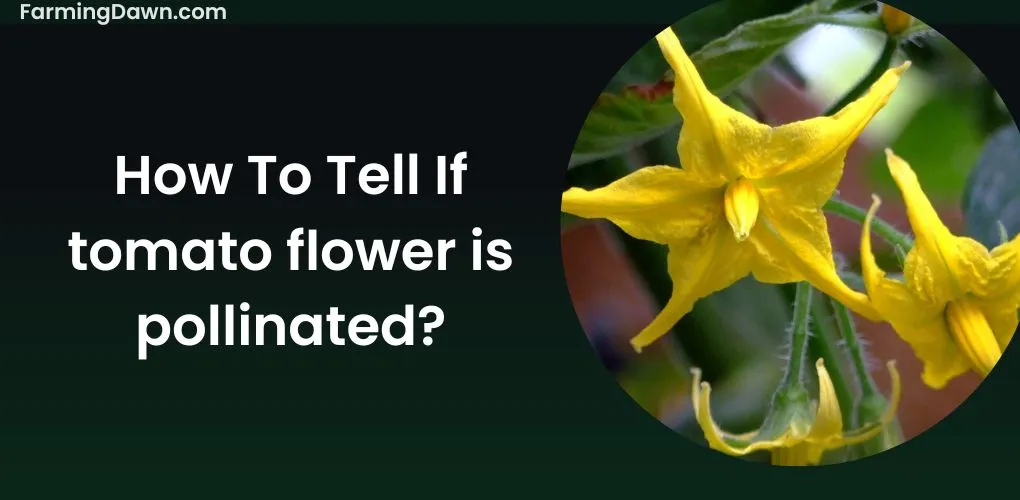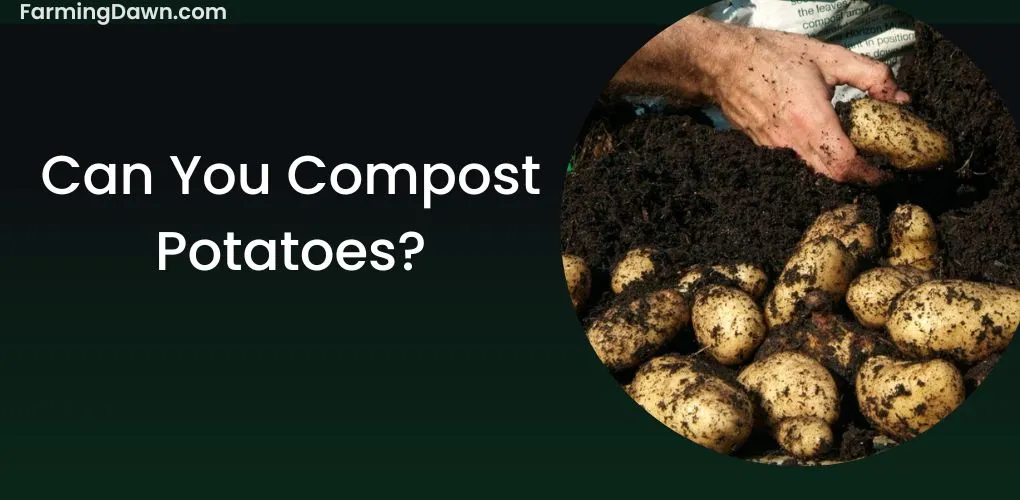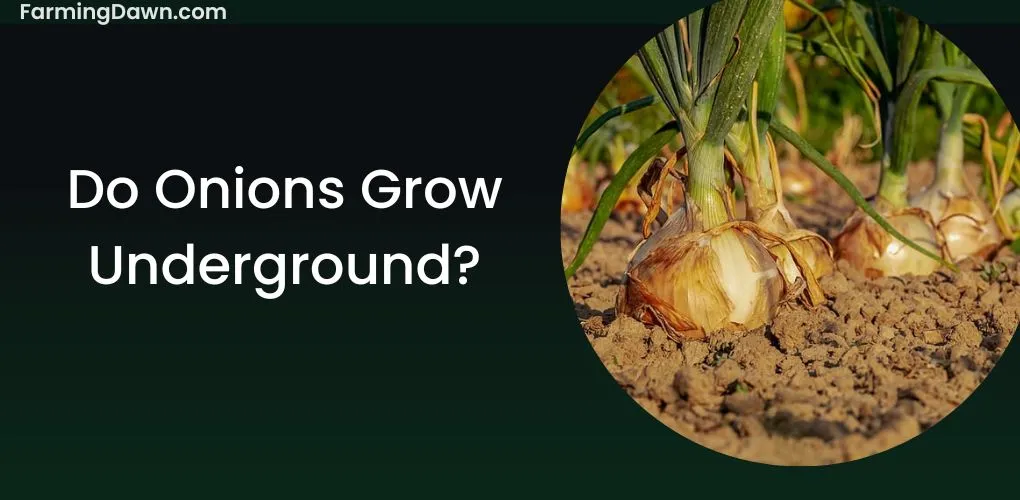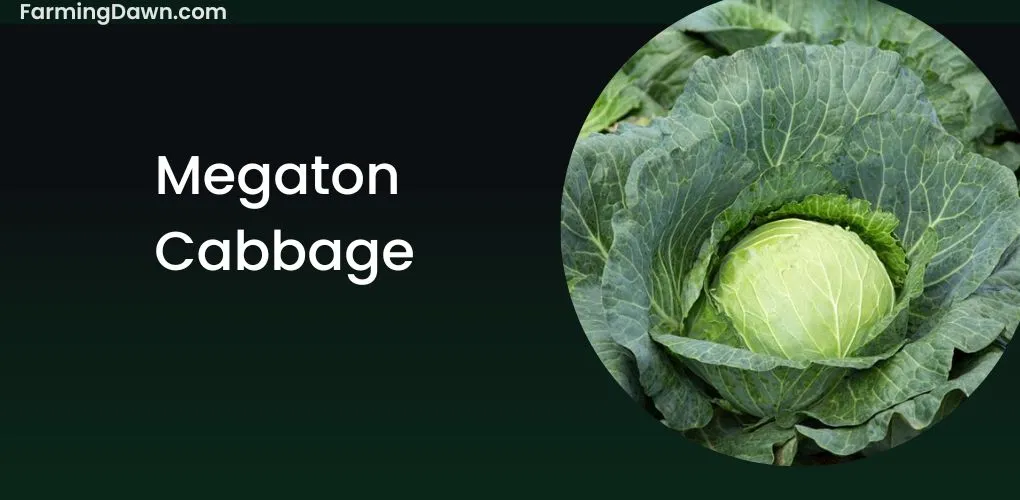Growing tomatoes in containers is a great way to enjoy the bounty of this summer fruit without having to maintain a full-fledged garden. Pruning your tomato plants regularly can help you achieve amazing results, like bigger and juicier tomatoes! It can also help keep your plants healthy and promote growth.
Like pruning any other plant, it’s important to know what techniques work best for container tomatoes and how often they should be done.
In this article, I’ll provide some practical tips on how to prune container tomato plants like an expert – with a few helpful hints along the way that will make the process much smoother! So buckle up and let’s get started on our journey of taking your tomato plants from good to great!
Benefits of Pruning Container Tomato Plants
By judiciously trimming your vegetation, you can reap numerous advantages for its growth and development. Pruning container tomato plants is an excellent way to promote healthier, more robust growth. By removing dead or diseased leaves, you can reduce the risk of infection spreading to other parts of the plant.
Here are the top 3 benefits of pruning container tomato plants:
- Pruning helps to maintain a healthy root system by allowing better air circulation and drainage. This allows the roots to absorb more nutrients from the soil and encourages vigorous growth.
- Pruning also encourages bushier plants that produce more fruit in a shorter period of time than those that are left unpruned.
- Pruning prevents overcrowding of foliage which keeps the tomatoes from competing for light and nutrition with each other resulting in larger fruits with higher yields.
When it comes to making sure your tomato plants thrive, pruning offers many organic, sustainable, and holistic benefits.
See more: How To Prune Grape Tomato Plants?
Identifying Which Branches to Prune
Ready to get your hands dirty and shape those lush stems? Let’s learn how to identify which branches should be trimmed! Here are the following tips to identify which branches to prune:
- As you inspect the plant, look for any branches that seem weak or diseased.
- Look for signs of overcrowding. One such sign is when new leaves are small and clustered at the tips of branches.
If a branch looks unhealthy, snip it off with pruning shears. Remove any branches that are crossing over each other or grow too close together; these can cause overcrowding and limit airflow around the plant.
Make sure to only take off about one-third of the overall foliage in order to avoid shock for your container tomato plant. By following these tips on identifying which branches to prune, you’ll be able to keep your container tomatoes healthy and happy!
Learn more: How To Prune Growing Tomato Plants?
Pruning Techniques for the Best Results
Now that you’ve identified which branches to trim, let’s learn how to prune for the best results! Pruning is a delicate process, but it doesn’t have to be overwhelming. It’s important to remember that when it comes to tomato plants, less is more.
- When pruning your tomato plant, make sure not to remove too much of the stem or leaves at once because this can stunt its growth.
- Start by removing only a few branches and leaves each time so that the plant remains healthy and balanced.
- Make sure all cuts are made just above a node – where two branches meet – and cut away any weak or dead stems or leaves.
- Focus on shaping the tomato plant according to your desired form while ensuring adequate air circulation throughout the entire structure of the plant.
Following these steps will help ensure that all parts of the plant receive enough nutrients for optimal growth. With these simple techniques in mind, you’ll be able to keep your container tomatoes looking their best!
See more: how to prune heirloom tomato plants?
Creating an Optimal Pruning Schedule for Container Tomato Plants
Creating an optimal pruning schedule for container tomato plants is necessary to ensure their health and growth. Pruning at the right time and in the right areas will help promote new growth, reduce disease, and increase yields.
Here is the pruning schedule for optimal growth:
- During the early weeks of growth, you should remove any yellow or wilting leaves as soon as they appear.
- Once the tomato plants get larger, you should focus on thinning out branches that are not strong enough to hold up additional fruit.
- As the tomatoes begin to form, you can opt to pinch off some of the lower leaves around each cluster of fruits.
- It’s also important to keep an eye out for any suckers that have grown from the main stem; these should be pinched off before they start taking resources away from your main crops.
By following a regular pruning schedule and removing only what is needed when it’s needed, you’ll be able to achieve healthy results with your container tomatoes!
See more: How to prune hydroponic tomato plants?
Common Mistakes to Avoid While Pruning Container Tomato Plant
Avoiding common pruning mistakes is essential for successful container gardening! Pruning plants can be daunting and intimidating, especially if you’re new to gardening. But with a little knowledge and practice, you can learn the basics of pruning tomato plants in containers.
The key is to remember that all plants need different levels of care depending on their age, growth stage, and individual needs.
- When it comes to pruning tomatoes in containers, make sure not to over-prune or prune too early.
Over-pruning can lead to poor yields as the plant won’t have enough foliage to photosynthesize energy for fruit production.
- It’s also important not to prune too early; wait until your plants are at least 6 inches tall before beginning any maintenance trimming or shaping.
- Avoid cutting off leaves or stems unless absolutely necessary since they are vital sources of energy for the plant’s growth and development.
By following these simple tips, you’ll be able to keep your tomato plants healthy without making costly mistakes!
Related: how to prune indoor tomato plants?
How To Prune Container Tomato Plants? Final Thoughts
Pruning is really an art form – it takes practice to get the technique right and patience to create an optimal schedule. All in all, though, I find it well worth the effort for the reward of abundant garden tomatoes!
Plus, it’s a great way to bring back memories from my childhood when I used to help my grandma tend her garden – something that feels timeless and sacred in this modern world. I’m a big fan of pruning my container tomato plants and I hope that this guide gave you a complete overview of how to prune container tomato plants.
Doing so helps keep them healthy and productive, while also helping me to avoid common mistakes like over-pruning or pruning at the wrong time.

